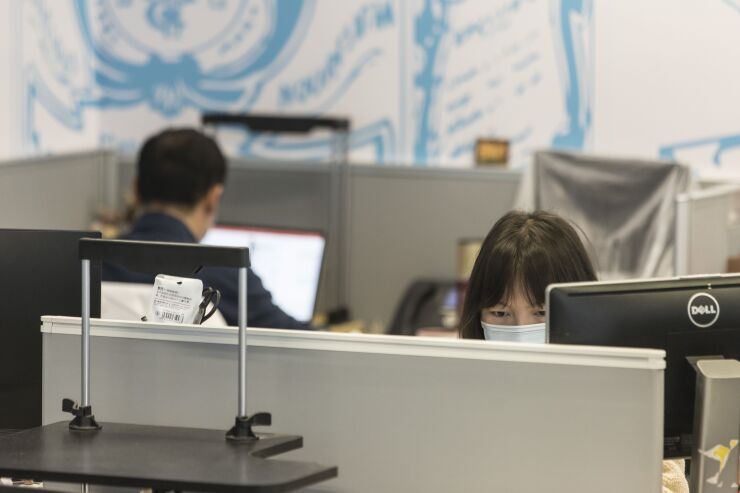Insurers are scrambling to address emerging concerns as COVID-19 spreads. The situation is changing rapidly, testing organization capacity and operational planning.
Travel Restrictions
A common response to the outbreak is the imposition of travel restrictions. In many instances, this precludes international travel and seeks to curtail domestic flights or all “nonessential travel.” Travel restrictions have led organizations to cancel near-term conferences. Some are now looking for alternative approaches that would allow virtual content delivery, including webinars and video conference presentations.
Travel restrictions can pay dividends by reducing the potential for the contagion to spread. It can also put carriers at a disadvantage if they fail to participate in evolving industry issues or are unable to incorporate new insights and information into future-state planning.
Ensuring that travel restrictions don’t create regression on delivery against corporate goals or improvements in competitive positioning requires thoughtful managerial guidance, particularly in a time of increased angst. Several prominent industry events are moving to virtual participation, but this may require access to equipment (e.g., video conferencing capabilities) that are not part of the standard business continuity planning (BCP) toolkit.
Logistical Coordination
Because of the way that the COVID-19 virus spreads, many organizations are employing forms of social distancing. Social distancing has appeared to slow the spread of the infections in China in 2020. It is also one of the primary reasons why the Spanish Flu was so devastating in Philadelphia in 1918 but not in St. Louis.

One approach to social distancing is to limit the headcount of meetings. Various carriers have cited numbers between 15 and 40 as the maximum meeting size for internal staff. Another form of social distancing is to require space between associates when in group settings (e.g., meetings, meals). Some companies in Silicon Valley require an empty chair between participants—this tactic is gaining traction in some of the companies that Novarica works with.
Social distancing can be an effective way to limit the spread of contagions, but organizations will feel adverse impacts if it disrupts communication. Carefully crafted communication strategies become essential for minimizing some of the downsides of generalized social distancing.
Work from Home
Working from home is another common model of social distancing that carriers have employed, following the example of companies like Twitter and Salesforce. Many insurers, however, devised their plans for short-term impact events such as bad weather or the temporary loss of a building (e.g., infrastructure failure). Many have not planned for long-term outages that a pandemic might trigger.
There are several things carriers should consider addressing as they plan long-term work-from-home policies:
- Determine whether the policy is “work from home” or whether it is more accurate to describe it as “not working from the office.” Assuming the latter, organizations need to guide employees on how they can be productive and secure at the same time. Leaving the details to individual employee creativity or imagination can lead to surprising, detrimental results.
- Ensure that the equipment the organization provides to employees when working from home (or not in the office) is sufficient to address their tasks. Companies should deploy and test VPN capabilities at scale if security is paramount, for example. Softphones that employees can use anywhere there’s a Wi-Fi connection can also be valuable as work is virtualized and moved between people/organizations in response to changes in circumstances and work patterns. Avoiding rigid structures and fixed locations for work can enhance adaptability in uncertain times.
- Replacing the usual social network employees have for informal, in-person communication with a planned approach for virtual information-sharing can also be an important step to maintain organizational focus and morale. This is one of the best practices from major innovation or transformation events—creating a closed-loop communication process to ensure that the messages that leaders send are the same as the messages the organization receives. This will have a significant impact on outcomes and can reduce passive-aggressive behavior and organizational anxiety. It can also offset the impact of 24/7 news channels providing the only soundtrack for associate lives. Virtual town hall sessions can provide important connections for employees who may feel disoriented after the severing of typical communication networks.
The realization that the pandemic is here has heightened the urgency for carrier IT organizations to respond quickly and effectively. Flexibility and situational awareness can help organizations navigate uncharted waters.
COVID-19 is serious business. Now is a time to reflect on a lesson learned from a mentor long ago: never let a “good” crisis go to waste. It is much easier to make investments to expand capabilities and strengthen resilience when memories are fresh.
This blog entry has been reprinted with permission





